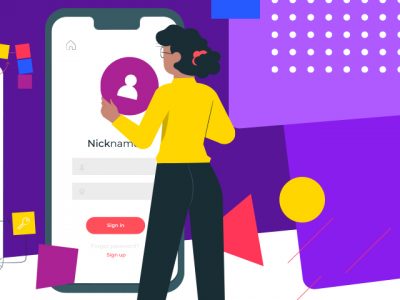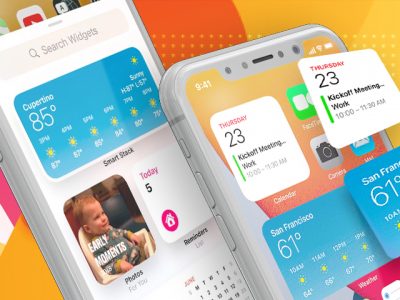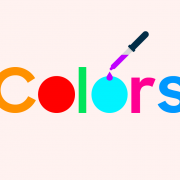According to Forrester Research, 63 percent of apps are discovered through searches within the App Store, so ASO is crucial for maintaining visibility to potential customers. Below, we go in-depth into our ASO strategy for iOS.
Keywords. Apple allows 100 characters worth of keywords, and you should use as many of them as possible. Save characters by putting commas without spaces between words, omitting your category name (this is already a keyword) and only using the singular forms of words. Use services like Sensor Tower to see which words drive volume and to analyze which are working for your competitors. Choose your keywords carefully, as you won’t be able to update the list unless you resubmit the app itself.
Title. The title is the single most important part of ASO. Make sure it contains at least one major keyword – this will help you rank better for those keywords. Keep it simple, but be explicit about your product’s function. Have a camera app? Make sure your title clearly suggests photography and cameras. Are you a pizza delivery service only available in Chicago? Include “Chicago” in the title.
Description. Your strongest, most important content should be in the first 200-225 characters (or 3-5 lines). Of course, the full description can exceed this, but know that users will have to click “More” to see anything beyond that. In your description, consider including:
• Benefits of your app to users (answer their question, “What’s in it for me?)
• Quotes from positive press and user reviews
• Statistics: For example, 20 million downloads, 100 billion pizzas delivered
• Bullet lists and section subheads for easy, quick reading
The following two additional app ranking factors aren’t directly controllable, but there are measures you can take to give them a nudge.
• Number of Downloads. You can’t force every iOS user to download your app, but there are small ways to encourage installs. Your app icon should represent your product and brand well. Simple, bold icons stand out against your competitors and drive more conversions. Also make sure your screenshots reveal the natural flow of your app so that users can quickly and easily figure out how it works. To minimize uninstalls, you should ensure the app package is as small in size as possible; users often skip over large apps that require WiFi to download and tend to delete apps by size when they need to free up space.
• Ratings/Reviews. To rank highly, you’ll need to get lots of users to review your app. While you can’t force anyone to do this, you can ask kindly. Gently call engaged users to action via email. You can also prompt customers for ratings within the flow of the app itself. This maintains an uninterrupted experience without forcing the user to stop what they’re doing to go into the App Store, but make sure you’re only approaching satisfied customers. One open source project, the Appirator, sends a notification to users after they have used your app for 30 days and launched it at least 15 times.
In part 3, we discuss 5 more important things to know when launching your app.












[…] your app’s competitors. Most users find new apps to download through searches on the app store so optimizing your app on the app store is worth the time and resources it may […]